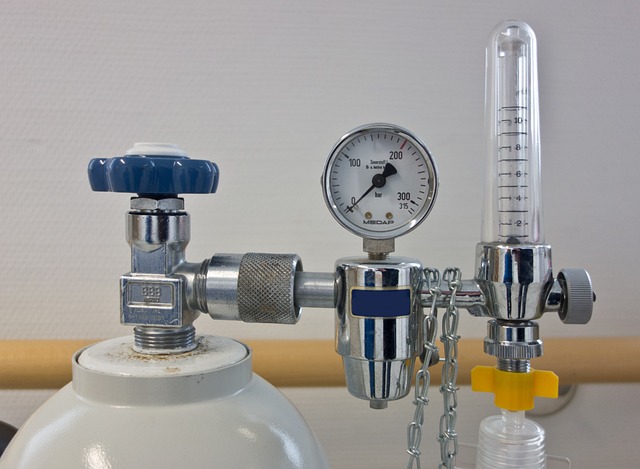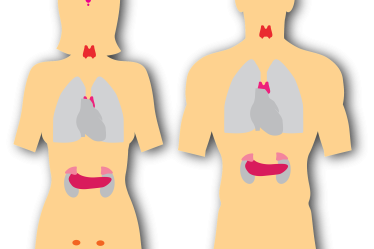
There are many different treatments for cancer available today. While some of these can be straightforward and effective, others are not as straightforward or may have unexpected side effects. Oxygen therapy is one such treatment that has been used to help patients with cancer in various ways, whether directly through injections or indirectly through the increased intake of oxygen. Here’s a look at what oxygen therapy is, how it works, its uses, and its potential side effects.
What is Oxygen Therapy?
While many people are familiar with oxygen therapy in one form or another, others may not know exactly what it is. The simplest explanation for oxygen therapy is that it is simply the administration of oxygen. There are many different types of oxygen therapy and the type of oxygen therapy used depends on the purpose. Some types of oxygen therapy use oxygen gas. While this is the most common type of oxygen therapy, it is not always used for cancer patients. Another type of oxygen therapy is liquid oxygen, which is oxygen dissolved in water. This is often used for people with breathing difficulties as it allows for a high flow rate with minimal effort. Other types of oxygen therapy include hyperbaric oxygen therapy (HBOT) and hyperoxic therapy. Hyperbaric oxygen therapy uses a high-pressure oxygen chamber to administer oxygen, while hyperoxic therapy uses an oxygenation device to deliver oxygen directly to the blood.
How Does Oxygen Therapy Work?
Oxygen therapy can be used to treat a number of diseases, including cancer, by targeting the underlying cause of the disease. Cancer is a disease that results in the abnormal replication of cells due to damage to the DNA. Hyperbaric oxygen therapy and hyperoxic therapy both increase the presence of oxygen in the blood. This can help with DNA repair and make it harder for the cells to replicate. Oxygen therapy can also be used to relieve side effects of other cancer treatments, such as radiation therapy.
Benefits of Oxygen Therapy for Cancer Patients
There are many different benefits of oxygen therapy for cancer patients. Some of these are direct benefits, while others are the side effects of the treatment. Although oxygen therapy can be a standalone treatment, it is most often used to help other treatments work better. When used with other treatments, oxygen therapy can make it easier to control pain and side effects, reduce swelling, improve blood flow, and fight cancer cells. Oxygen therapy can also help with the side effects of other treatments, such as radiation therapy. It can help with things like reduced appetite, nausea, and vomiting. Oxygen therapy can also help with side effects of chemotherapy, such as fatigue and trouble sleeping.
Side Effects of Oxygen Therapy for Cancer Patients
Oxygen therapy has few direct side effects, but it can make certain side effects of other treatments worse. Side effects of oxygen therapy include headaches, dizziness, nausea, and difficulty sleeping. Because oxygen therapy increases the presence of oxygen in the blood, it can also make it more difficult to heal and cause wounds to take longer to close. This can make it more difficult to deal with symptoms like swelling and may prolong recovery from surgeries.
Types of Oxygen Therapies
As we’ve seen, there are many different types of oxygen therapy. This list highlights the main types of oxygen therapies for cancer patients. Hyperbaric oxygen therapy – This type of oxygen therapy uses a high-pressure oxygen chamber to administer oxygen. It is often used for people with traumatic injuries, infections, and burns. It is also used for people with decompression sickness, carbon monoxide exposure, and gas gangrene. Hyperoxic therapy – This type of oxygen therapy is often done in combination with chemotherapy. It administers oxygen directly to the blood, making it easier to kill cancer cells.
Final Words
While oxygen therapy can be useful for cancer patients, it can also be risky and may cause harm in some cases. This is especially true for people who are dealing with respiratory issues or who are receiving treatment for other conditions. It’s important for anyone who’s interested in oxygen therapy to talk to their doctor about the potential benefits and risks. Even though it may be tempting to try oxygen therapy as a standalone treatment, it’s important to remember that it is not a cure and can only work when properly administered as part of a larger treatment plan.








